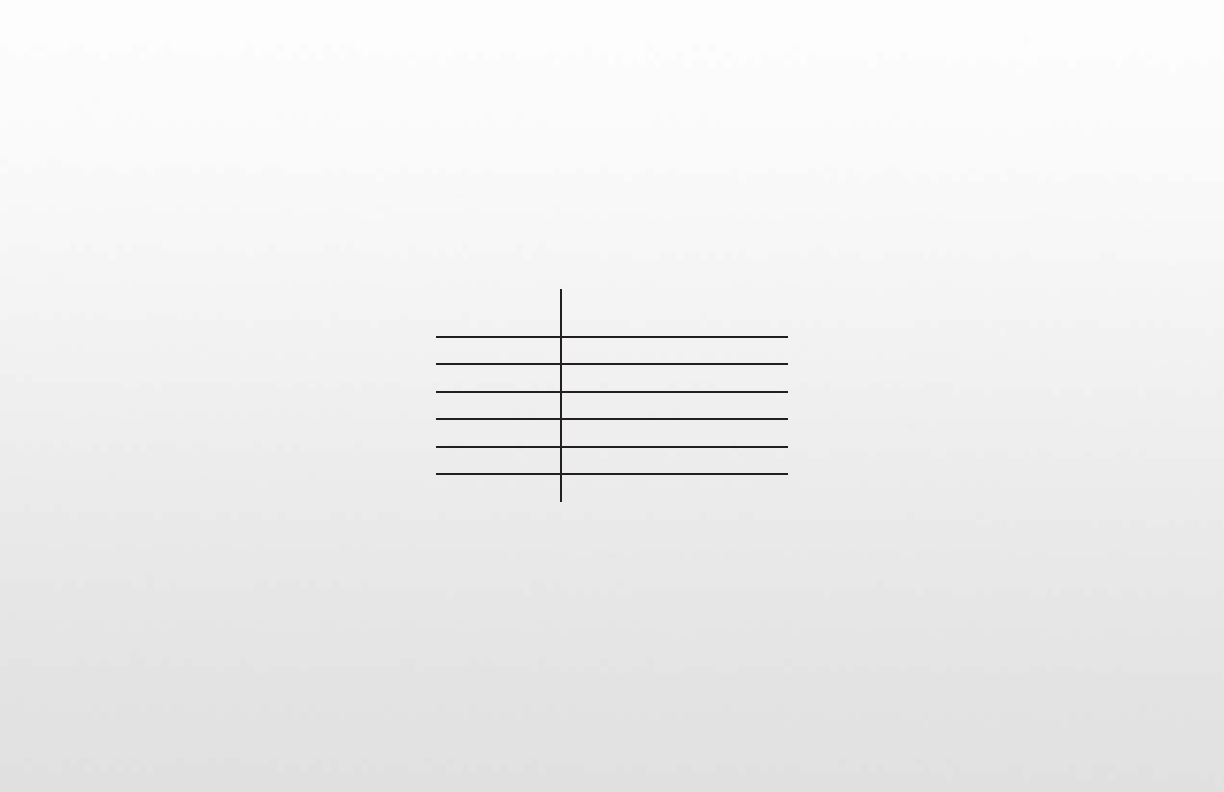Specification Sheet

What is the best way to dig with the AirSpade?
The AirSpade effectively digs up to several inches deep in medium to stiff soil. Unless the soil is highly compacted, dwelling on the same spot is unnecessary
and tends to increase spray. Ideally, the AirSpade should be moved over the soil surface at a rate of about 1’ to 2’ per second. When several inches of soil have
been loosened, the soil should be removed to expose a fresh working face for the air jet. Watering the work area ahead of time can sometimes be
helpful. Water reduces soil strength thus making digging easier. Water also reduces airborne dust if the soil is extremely dry. Combining the use of the AirSpade
with a low-pressure water source (garden hose) can aid the excavation of highly compacted or sun-baked soils.
What size AirSpade nozzle should I use?
This depends on soil classification and the desired rate of soil excavation. Typical soil excavation rates can be expected for various AirSpade nozzle sizes.
Soil Excavation Rates
Nozzle Size
(scfm)
Soil Excavation Rates
(cubic ft/ min)
25 0.4 to 0.9
60 0.7 to 1.1
105 0.9 to 1.5
150 1.2 to 1.8
225 1.7 to 2.3
330 2.4 to 3.0
What are the advantage of digging with AirSpade as opposed to high-pressure water?
• Dangerous, high-pressure water jet can easily cut through clothes or work boots.
• High-pressure water can inadvertently cut through a plastic electric or gas line and/or harm pipe coatings.
• Liquid introduced into the excavation site increases the volume and weight of soils slated for disposal.
• Resulting muddy conditions promote poor footing around job site.
• Mud and splashing water is messy to contain, and often results in wet worker clothing.
• Mud generated from water-excavated, contaminated soil can become a much larger disposal problem.
• Mud, when dumped onto a given area and dried, does not blend-in and thus secondary operations may be required.
• Water has a tendency to accidentally undermine areas adjacent to the excavation.
• Water is heavy, bulky and poses transportation and storage issues.
[29]










